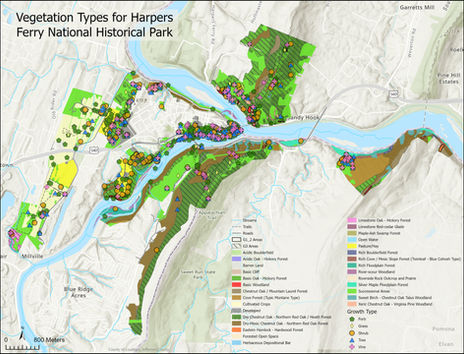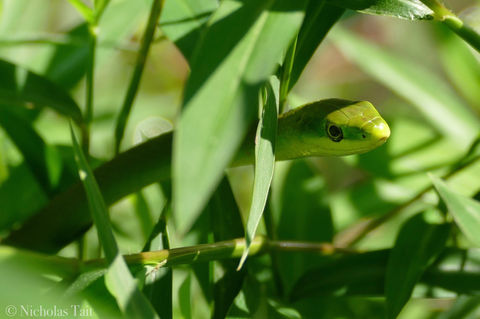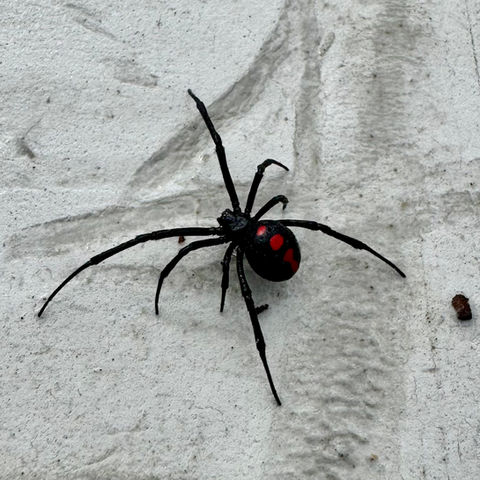About Me
I am a geographer and writer focused on conservation with extensive experience in geospatial analysis, science communication, and biological monitoring. As a GIS Specialist II for AECOM, I currently support GIS operations for the federal government in Washington, DC. I previously served as a science communicator and GIS project lead with the National Park Service. While in the field, I like to bring my camera to capture noteworthy wildlife encounters (especially snakes). I also graduated from Penn State University with a master's degree in Geographic Information Systems.

Geospatial
Forest Carbon Ownership and Protection Status in the Contiguous United States
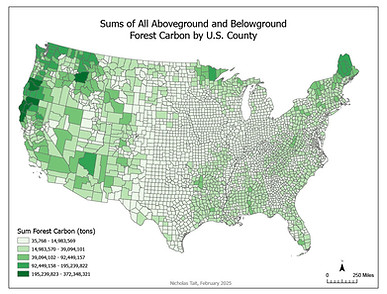

My capstone research project for my master's program at Penn State: an analysis of forest carbon stocks in the contiguous United States, examining where the stocks exist, who owns them, and their protected status. Find out more and access manuscript and datasets here.
Writing
A Forest Monitoring Cycle Like No Other
What if your office were the woods? Your break room a mossy log? This is the reality for members of the Inventory & Monitoring forest vegetation crew. The team has collected data on forest health in NCR parks every year since 2006 and recently completed the fourth cycle of forest vegetation monitoring (2018-2022). Learn what staff biologists and technicians have to say about their experiences in the field these past five years.
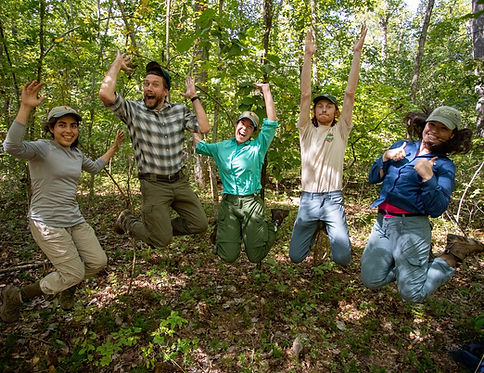.jpg)
Credit: NPS / Claire Hassler
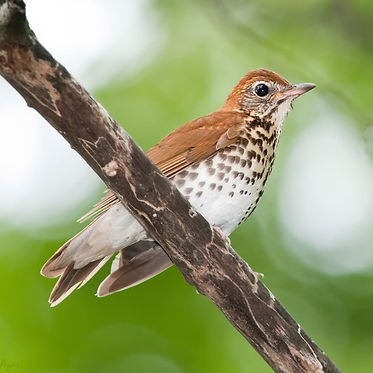
NCR's Forest Interior Birds
Explore how forest interior breeding birds are faring in National Capital Region (NCR) parks. These species prefer the shadiest and quietest core of the forest landscape and are excellent indicators of a healthy forest ecosystem. We look at data on wood thrush, ovenbird, Kentucky warbler, Louisiana waterthrush, hooded warbler, and scarlet tanager from a report summarizing population trends for forest birds in NCR parks.
Credit: Kelly Colgan Azar / Flickr
Fire and the Future of the Forests at Prince William Forest Park
Fire, and the suppression of fire, has altered the composition of the forest at Prince William Forest Park. Ecologists with the Inventory and Monitoring Program analyzed forest monitoring data from 2006 to 2017 to quantify these changes and to provide a glimpse into the potential future of Prince William's forest.

Credit: NPS / Mike Custodio
Other Recent Writings
-
Long-Term Monitoring Reveals Challenges and Resilience at Dyke Marsh (National Park Service)
-
Resilient Forest Briefs for National Capital Region Parks (National Park Service)
-
The Geographic Approach, Vital for Conservation (Penn State University)
-
Native Woody Shrubs of the Lockwod Farm (The Connecticut Agricultural Experiment Station)






